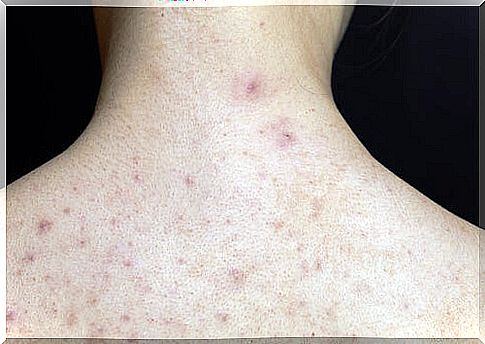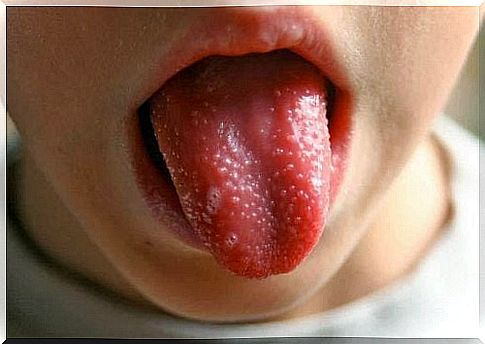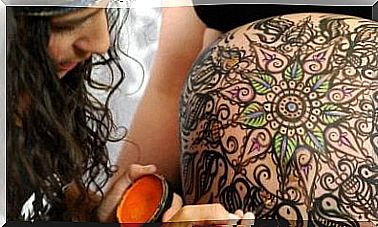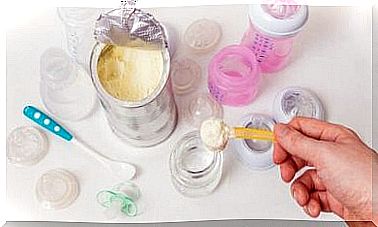Scarlet Fever In Children: What You Need To Know – You Are Mom

What is scarlet fever?
Scarlet fever, also called scarlet fever, is a bacterial infection caused by group A streptococci. This germ is capable of producing a toxin, a substance to which some people may be sensitive.
It is important to note that not all Group A streptococci produce toxins. In addition, not all people are sensitive to its effects. Scarlet fever in children usually occurs between 4 and 8 years old. It is much less common for it to develop in children under 2 years old.
Causes of scarlet fever
Type A streptococci usually infect the mucous membranes. The most common mode of transmission is through infected droplets of saliva that are released into the environment when a person coughs or sneezes.
There are other ways you can get scarlet fever, but these are less common. It can be spread by contact, that is to say by improperly washed food, toys or utensils that children can put in their mouths, for example. It can also be transmitted through pus, but very few cases are reported.
Scarlet fever has an incubation period ranging from one to three days. Incubation is the period of time between infection and when the first symptoms appear. During the incubation of the infection, the affected child is contagious and can infect other people.
One of the best places for scarlet fever transmission is school. In addition, it seems to be more virulent in winter.

Symptoms of scarlet fever in children
There are two phases in the manifestation of this infection. The initial phase (also called prodrome) can easily be mistaken for typical tonsillitis. She has extremely similar symptoms. It is common that in this period there is a high fever that appears suddenly. In addition to the fever, they may experience sore throats and headaches. Vomiting is not very common, but it can be another symptom of this phase. To this can be added abdominal pain and a feeling of exhaustion.
The second phase of scarlet fever is the period of the rash (also called exanthema). It is the most characteristic manifestation of scarlet fever and is also where its name comes from. It is a reddish (scarlet) rash that initially appears on the child’s face and neck. Subsequently, the rash spreads over the rest of the body in a descending fashion.
At first, the appearance of the scarlet fever rash may have some similarity to sunburn. Pressing on the skin of the affected body part tends to lighten up. Then the skin becomes rough and very small pimples appear.
Another prominent feature of this infection is that the rash affects the elbows or the backs of the knees. It is also present in the armpit area. In other words, it is generally observed in the areas of folds of the body. In addition, it has the particularity of not attacking the area between the nose and the mouth. During the rash, it is also common for the tongue to change color to an intense red and the size of the lymph nodes in the neck to be increased.

The rash begins to subside as soon as five days have passed from the time of its onset. Then the skin begins a peeling process similar to that which occurs with a burn or sunburn. This process can take up to eight weeks.
How is it diagnosed and what is its treatment?
Aside from the symptoms that can be recognized, the most effective method to diagnose scarlet fever is to perform a throat culture. It is a laboratory test that will detect scarlet fever immediately. In all cases, it is important to keep children away from people, or groups of children, who have or are suspected of having scarlet fever, in order to prevent its spread.
The treatment indicated for this childhood disease is the administration of antibiotics. Mainly recommended is penicillin, or alternatively amoxicillin, given for at least 6 days. Scarlet fever in children is a mild infection that appears less and less frequently. If treated properly, it shouldn’t be a problem for parents.









